The art of gold foil hammering, known as "tarsh" in Arabic, represents one of Egypt's most enduring and exquisite metalworking traditions. For millennia, Egyptian artisans have employed this delicate technique to create ornate decorations, religious artifacts, and even funerary objects for pharaohs. Unlike mass-produced gold items seen today, each hammered gold foil piece carries the unmistakable imprint of human craftsmanship—a testament to the patience and skill passed down through generations.
Walking through the Khan el-Khalili market in Cairo, one can still find workshops where craftsmen shape gold foil into intricate designs using nothing but small hammers and anvils. The process begins with pure gold, beaten into thin sheets so delicate they flutter at the slightest breath. These sheets are then carefully layered and hammered over molds or freehand designs, a technique largely unchanged since the time of Tutankhamun. What makes Egyptian gold foil distinct is the way light interacts with its textured surface—each hammer stroke creates microscopic facets that catch sunlight like miniature prisms.
The historical significance of this craft cannot be overstated. Archaeologists have uncovered gold foil artifacts in nearly every major Egyptian tomb, from the mask of Psusennes I to the inner coffins of lesser-known nobles. What's remarkable is how these 3,000-year-old pieces retain their luster, protected by Egypt's dry climate and the ancients' sophisticated alloy mixtures. Modern analysis reveals that many pharaonic-era gold foils contain small amounts of silver and copper—not as impurities, but as deliberate additives to enhance durability and alter color tones.
Contemporary Egyptian artisans face challenges their ancestors never imagined. The rising cost of gold has forced many workshops to substitute gold leaf or even gold-colored alloys for traditional hand-hammered foil. Yet a handful of master craftsmen persist in keeping the authentic tradition alive, particularly in Luxor where the tourist demand for high-end replicas supports their work. These artisans often use designs copied directly from temple wall carvings, creating pieces that would look familiar to a New Kingdom goldsmith.
One fascinating aspect rarely discussed outside specialist circles involves the spiritual dimension of the hammering process. Many traditional craftsmen recite prayers or Quranic verses while working, believing the sacred words become embedded in the metal's structure. This practice echoes ancient Egyptian beliefs where spells were literally hammered into amulets. The rhythmic tapping of the hammer serves as a kind of meditation, with some complex pieces requiring over 100,000 precise strikes to complete.
The future of Egyptian gold foil hammering hangs in a delicate balance. While UNESCO has recognized similar metalworking traditions in other countries, Egypt's distinctive gold hammering techniques have yet to receive international safeguarding status. Younger generations often view the years-long apprenticeship required to master this craft as impractical in today's fast-paced economy. Yet for those who persevere, the reward is tangible—holding up a finished piece that shimmers with the same golden light that illuminated the tombs of pharaohs, connecting the present to an artistic legacy that has endured since the dawn of civilization.

By Megan Clark/Apr 28, 2025
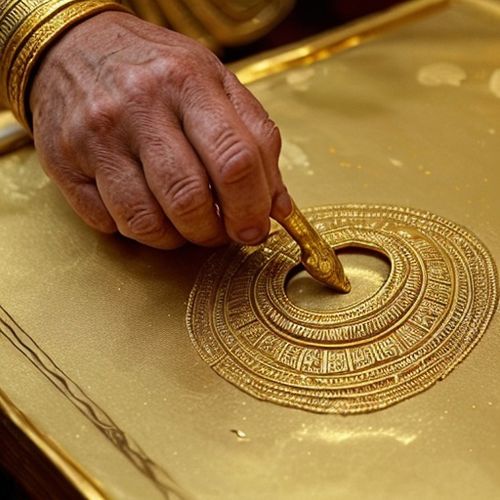
By Daniel Scott/Apr 28, 2025

By Christopher Harris/Apr 28, 2025
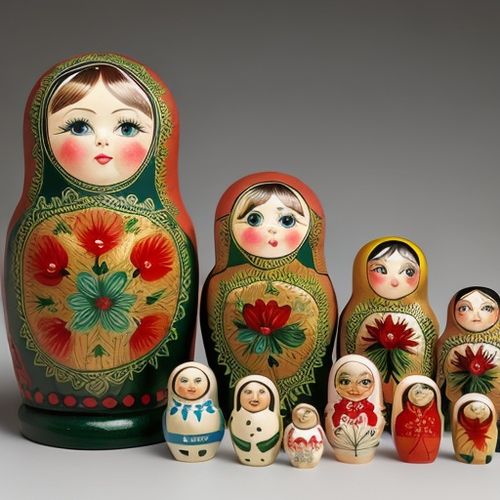
By Daniel Scott/Apr 28, 2025
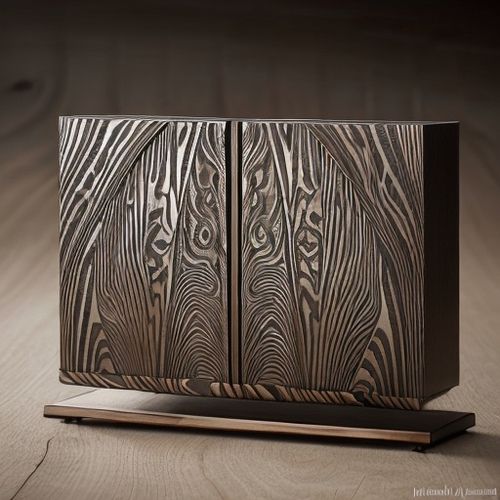
By Megan Clark/Apr 28, 2025
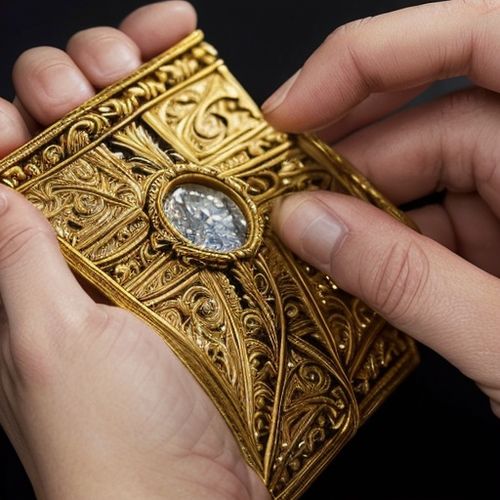
By Grace Cox/Apr 28, 2025

By James Moore/Apr 28, 2025

By Rebecca Stewart/Apr 28, 2025

By Jessica Lee/Apr 28, 2025

By Laura Wilson/Apr 28, 2025

By Emily Johnson/Apr 28, 2025

By John Smith/Apr 28, 2025

By Thomas Roberts/Apr 28, 2025
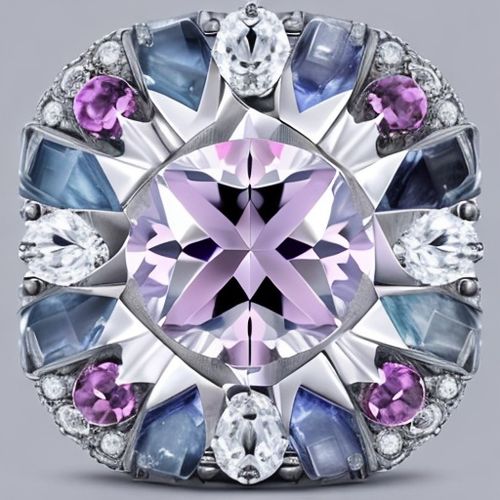
By Emma Thompson/Apr 28, 2025
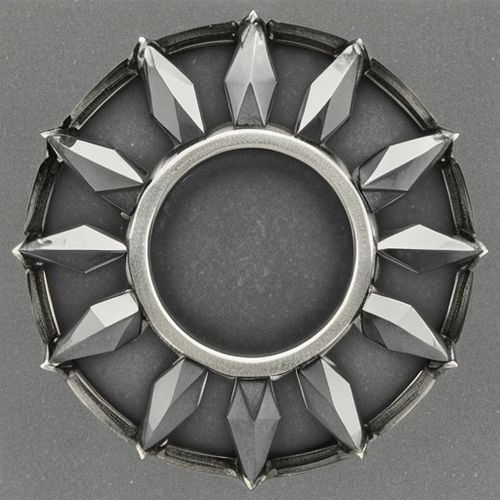
By John Smith/Apr 28, 2025

By David Anderson/Apr 28, 2025

By Olivia Reed/Apr 28, 2025
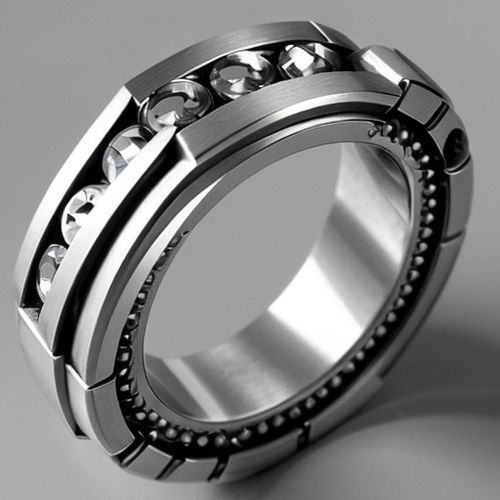
By Christopher Harris/Apr 28, 2025

By Emily Johnson/Apr 28, 2025
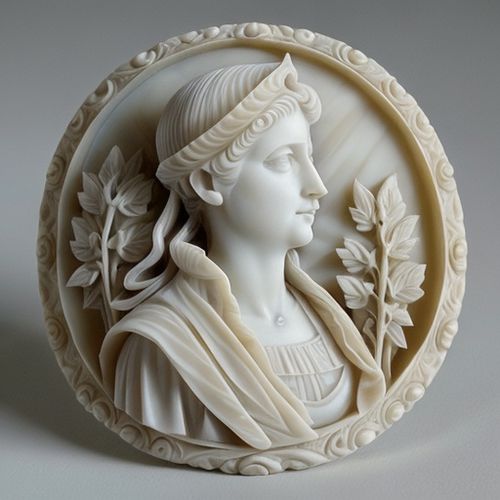
By Grace Cox/Apr 28, 2025